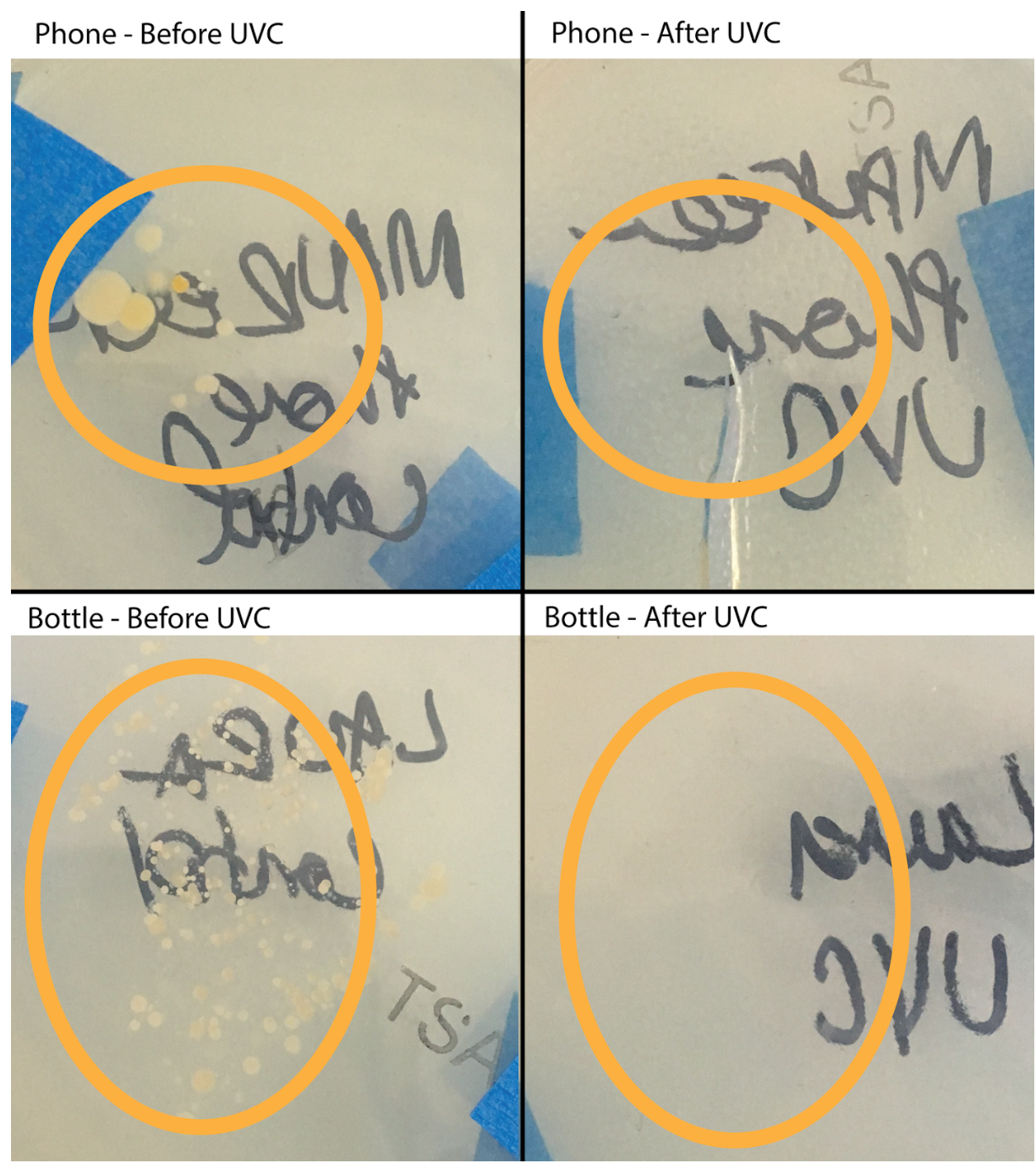PROTOTYPING - GERMICIDE E- TEXTILES
As part of a workshop hosted by Project61 and Versalume (by Corning) , we worked on germicide e-textile prototypes.
How do you make a smart textile that can kill germs? By using Versalume's flexible fiber optic lighting and a UV-C light, it's possible (in theory) to weave germ-killing functionality directly into a fabric. Unfortunately, focusing incoherent light from our UV-C light source into a Versalume fiber optic channel wasn't possible in a short period of time, so we weaved and knitted concept swatches and documented the light functionality to prove out the theory that this could work.
We were interested in exploring this concept as a demonstration of how smart fabric can truly be. Imagine sterilizing any surface by "wiping" it down with a UV-C cloth. Instead of applying chemicals or moisture, waving the cloth over a surface would be enough to kill dangerous bacteria.
In our experiment, we took control samples from two surfaces - the mouth of a plastic water bottle and the back of a cell phone. UV-C light was left on each surface for 30min and then re-sampled. The samples were set in agar trays and placed in a warm area to grow for 72 Hours.
Growing bacteria sampled from two household objects
Bacterial outcomes after being treated with UV-C light
The documented bacterial growth demonstrate that UV-C light is quite effective at killing bacteria on everyday objects and that smart fabric could one day do the same.
Versalume's fiber optic material is incredibly thin and has a great bend radius. While it will snap if creased or folded onto itself, it has enough flexibility for knitting and weaving. We're excited to following the company as the product develops. Hopefully this kind of functional textile will be something that's useful and manufacturable in the future.


